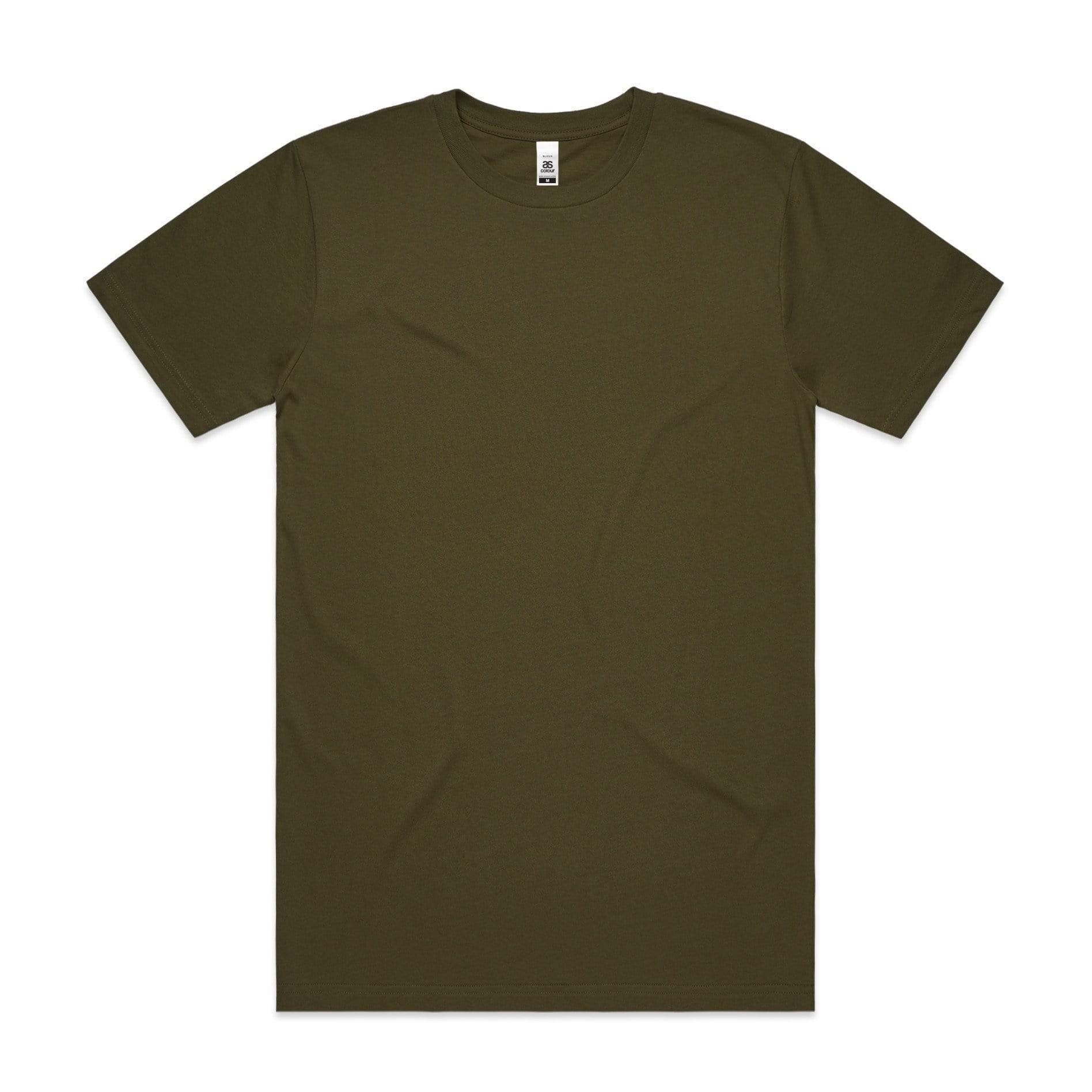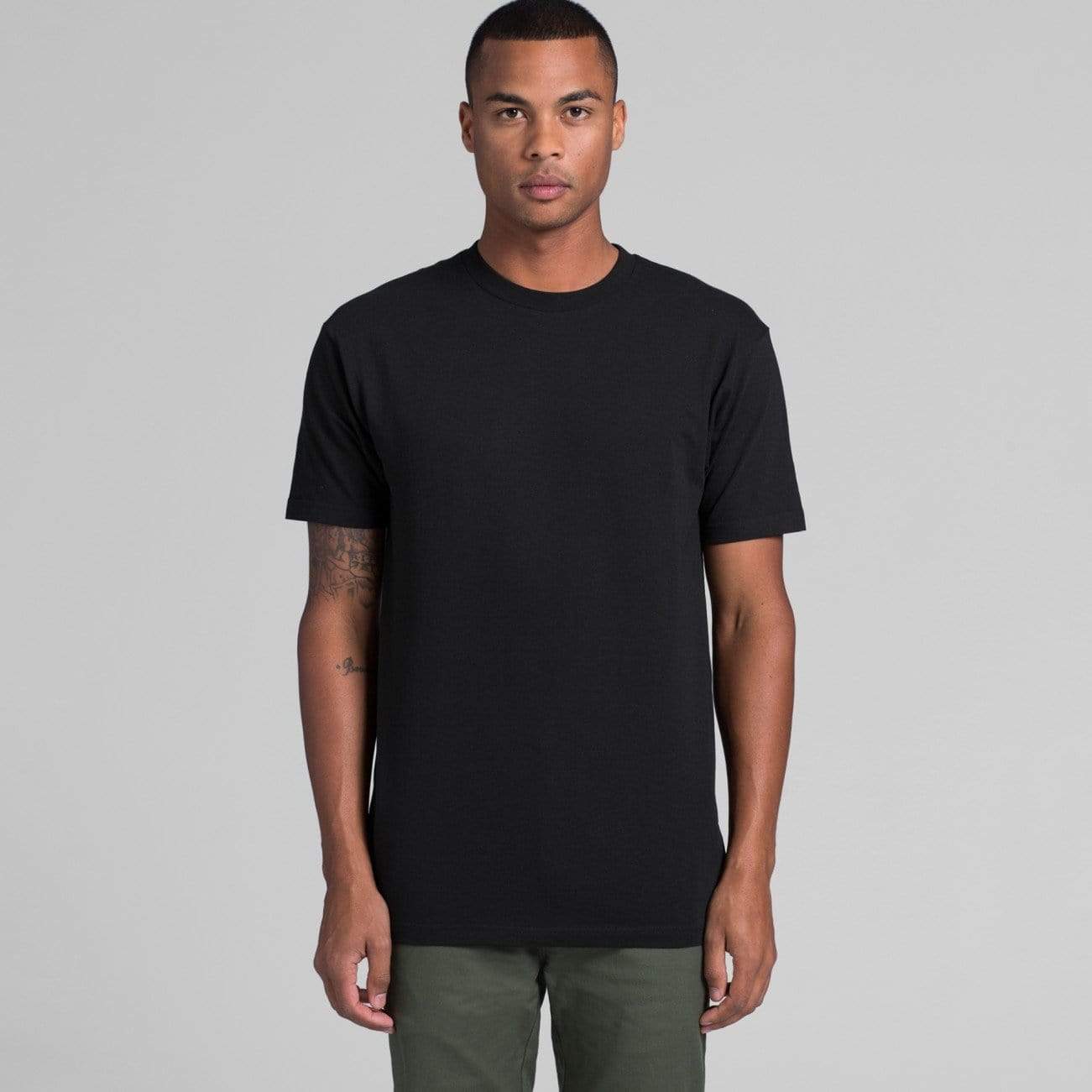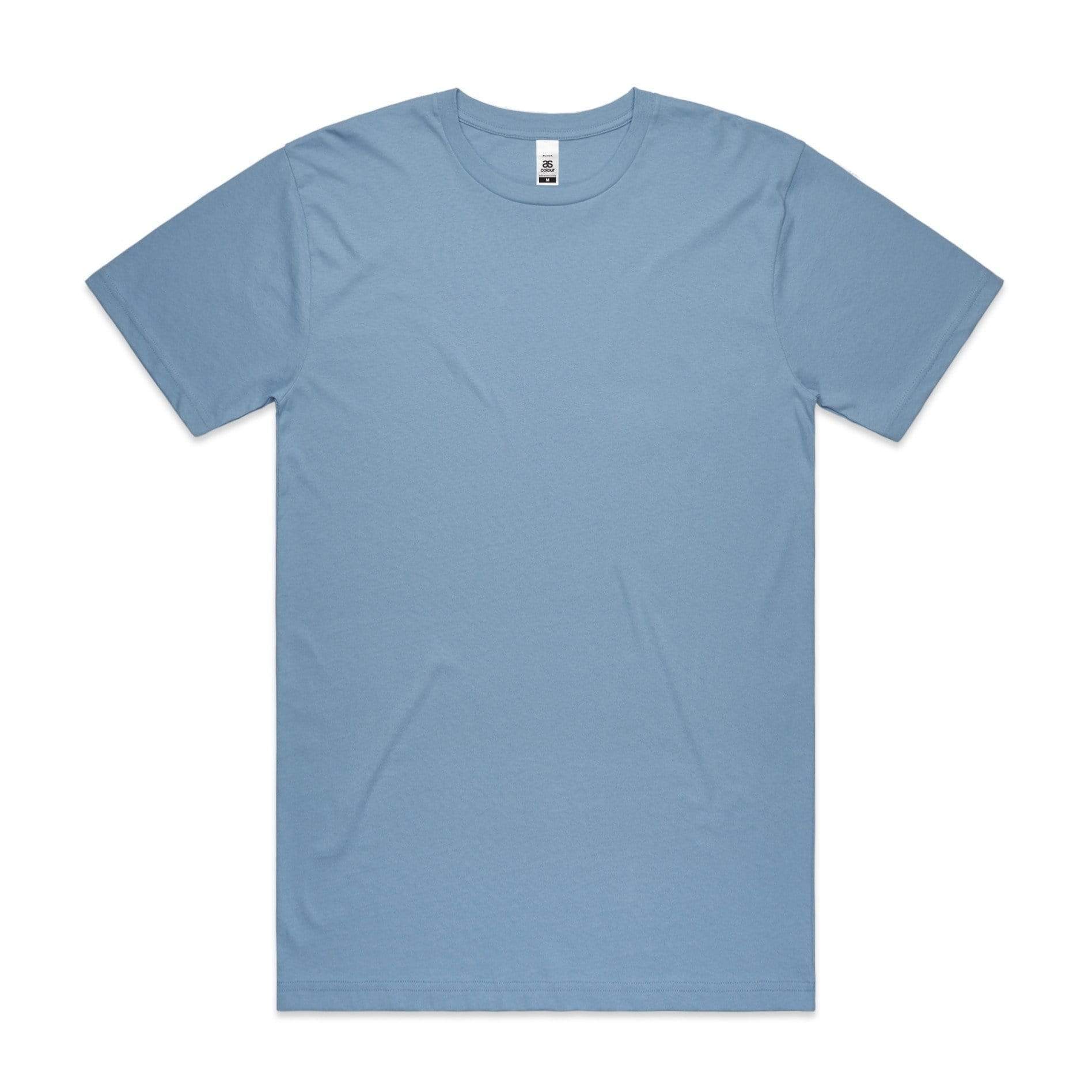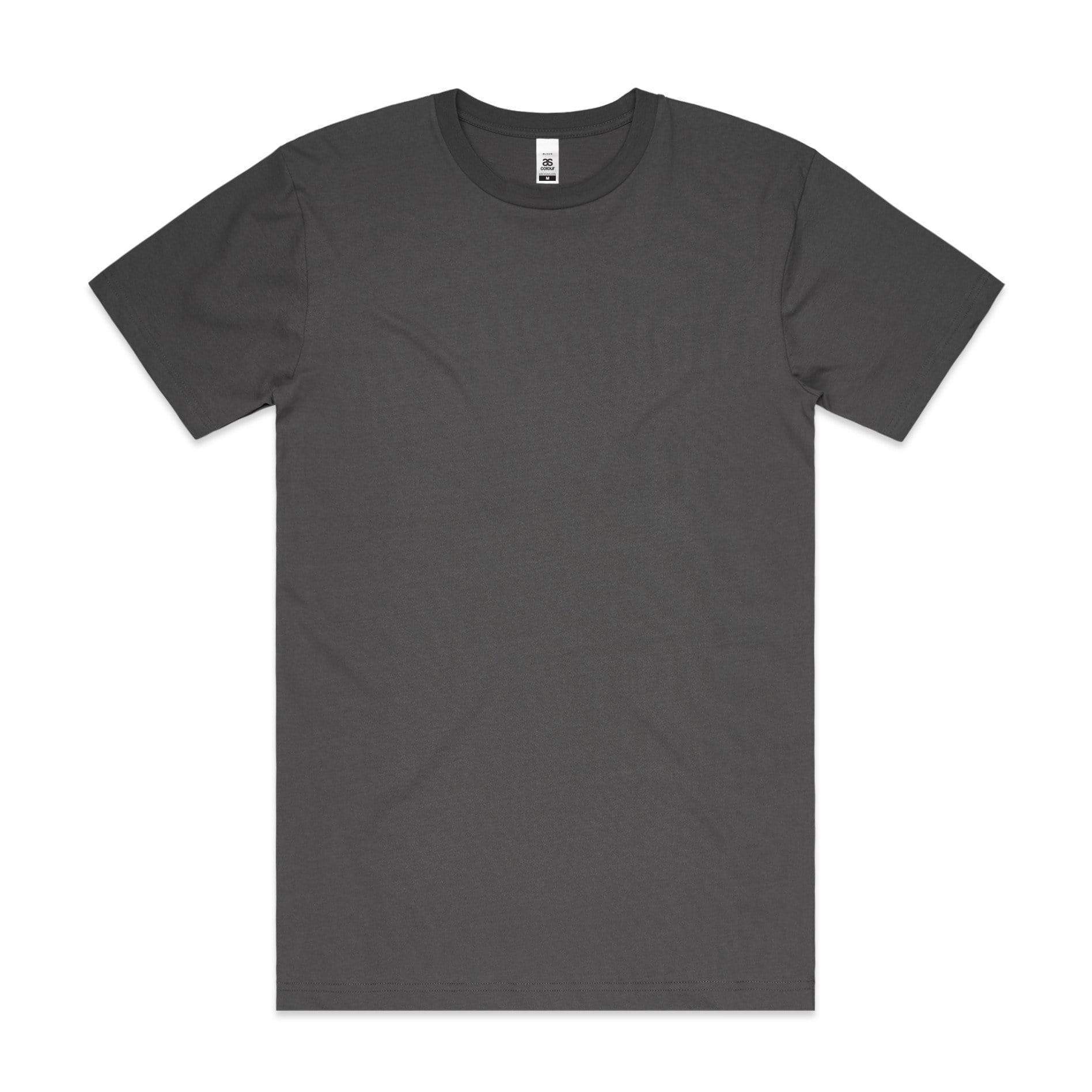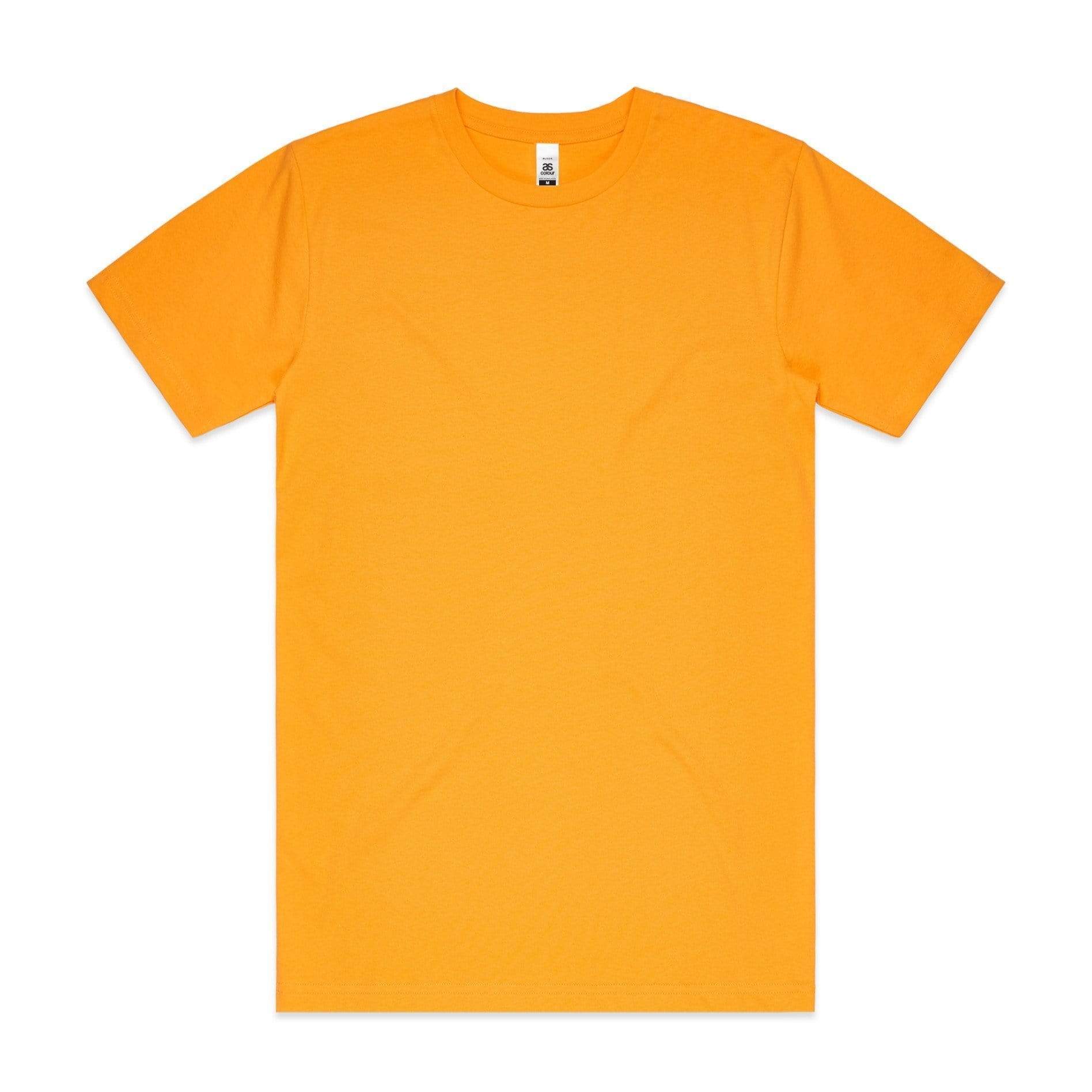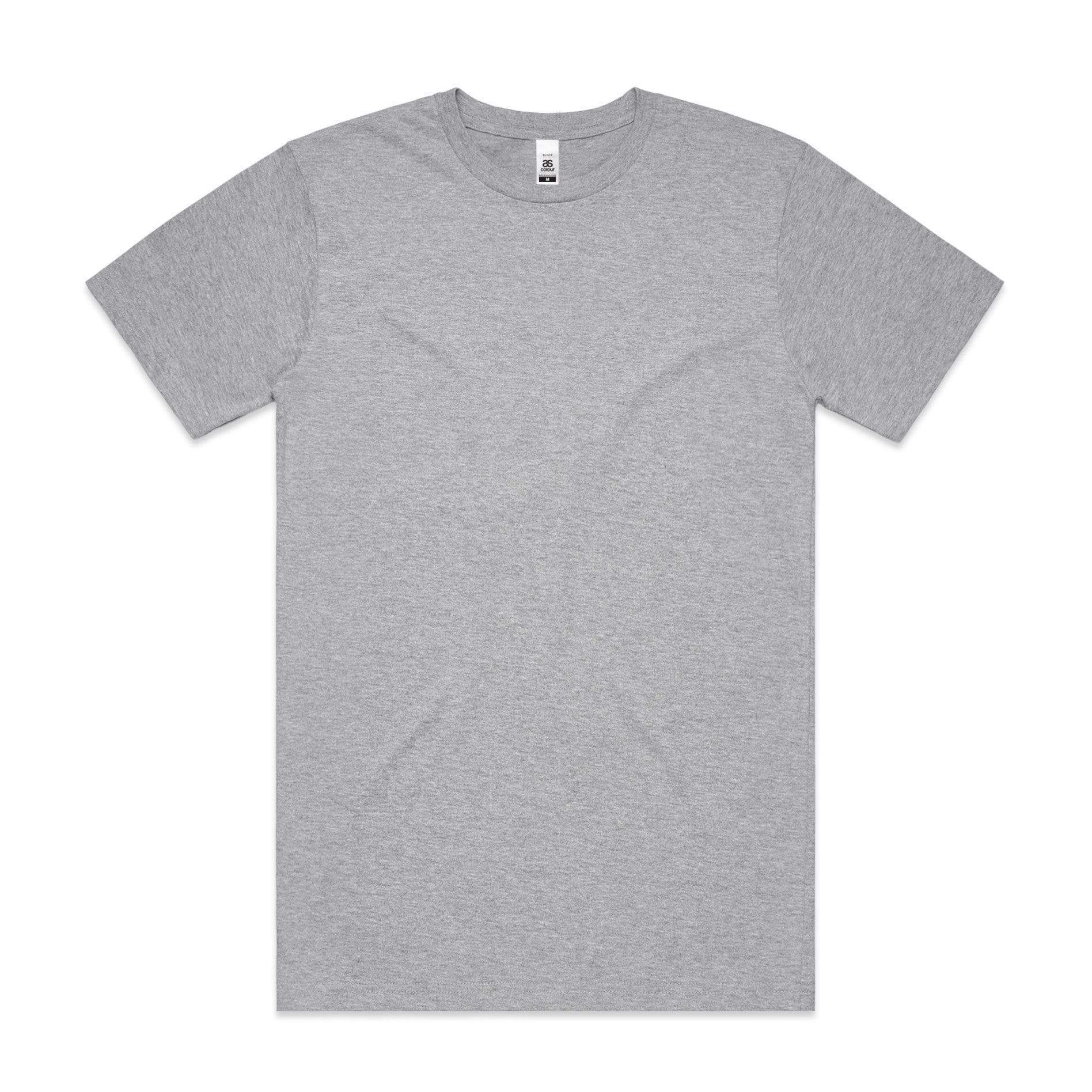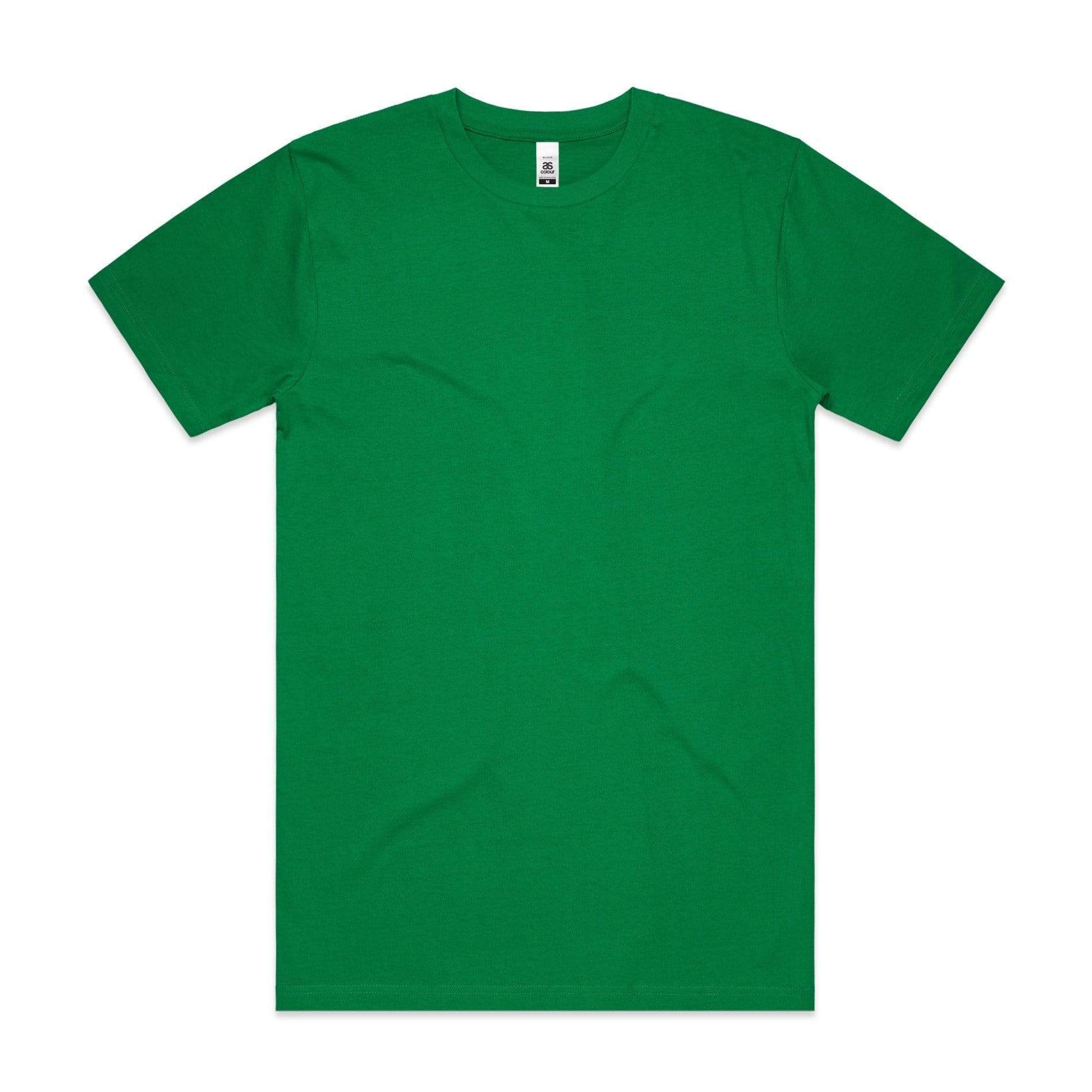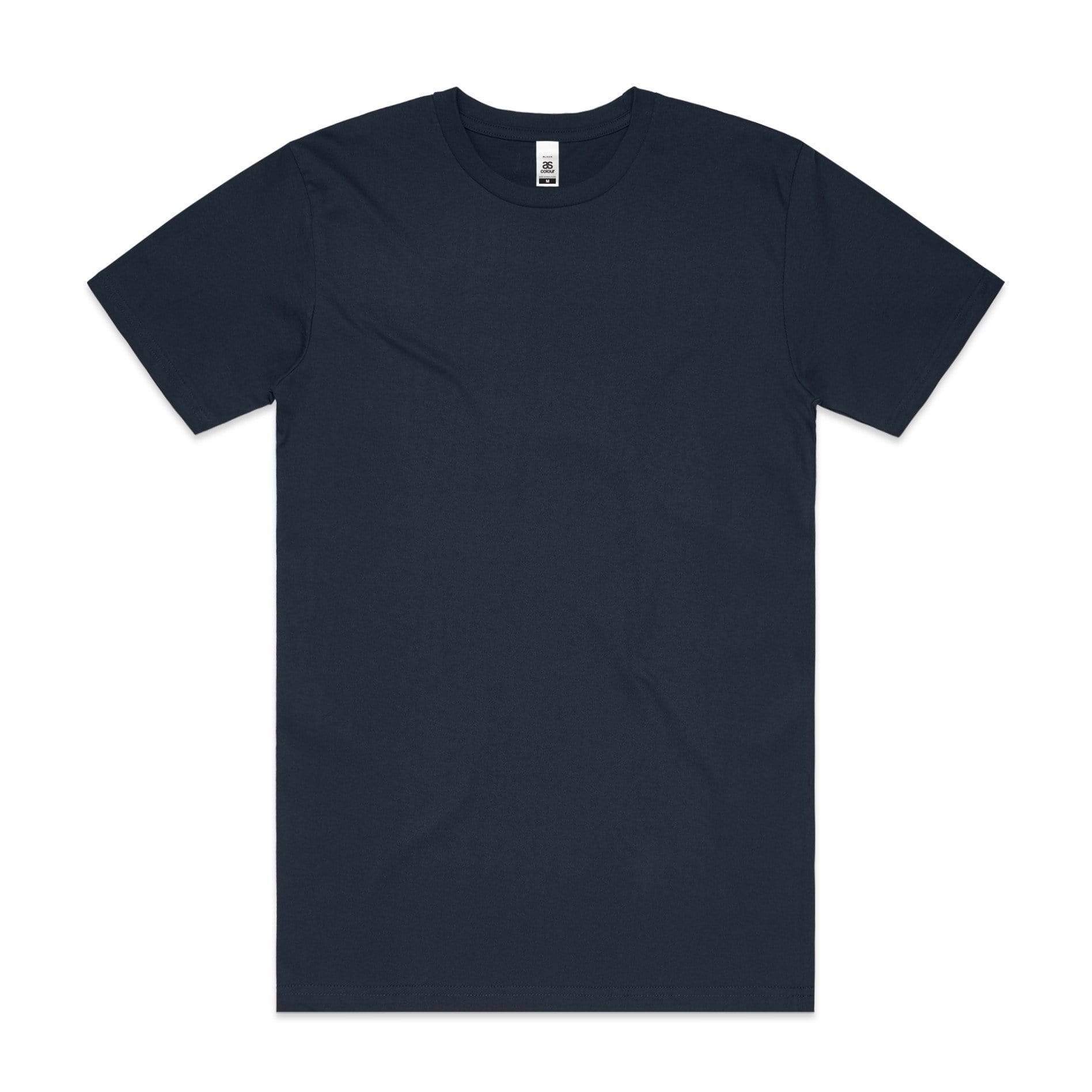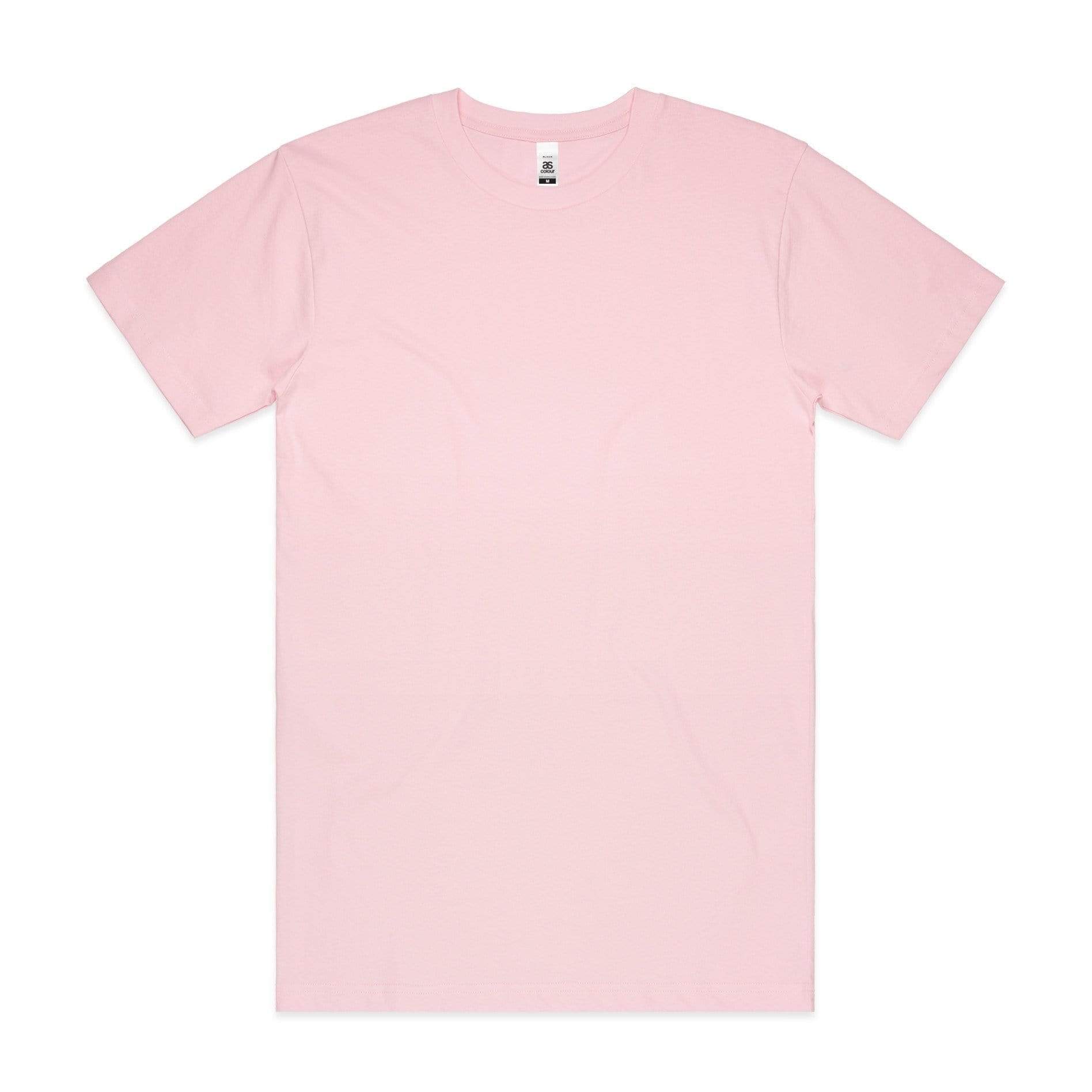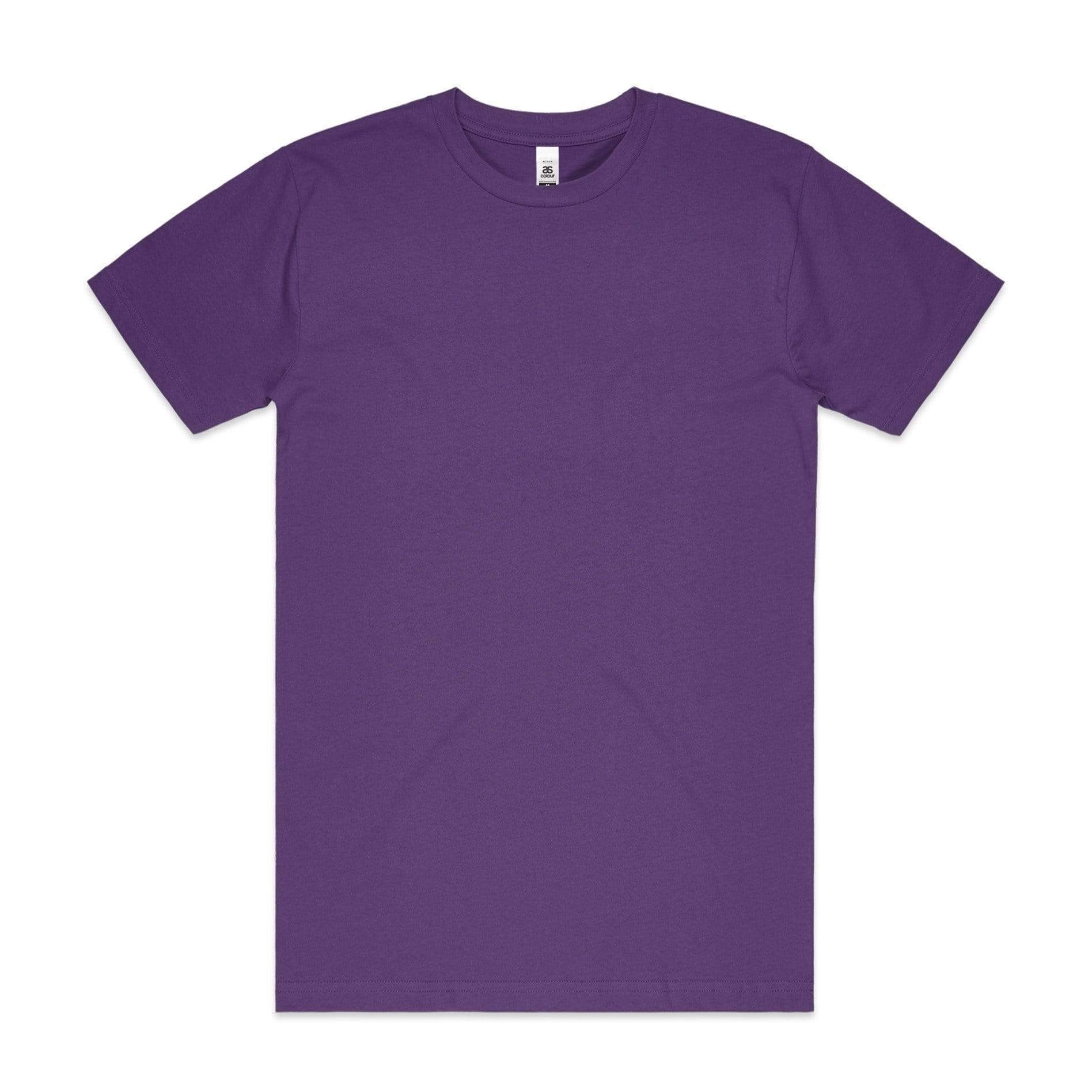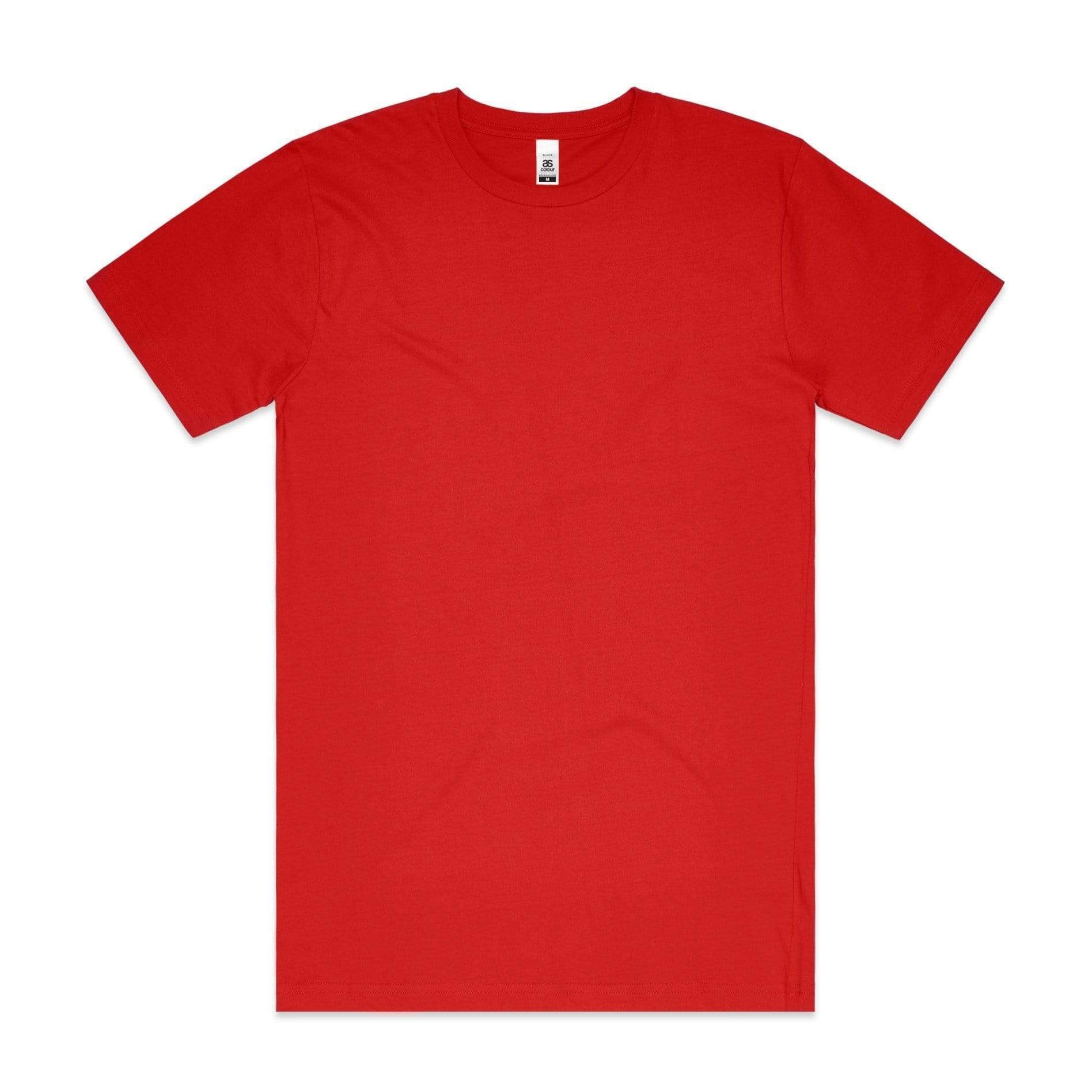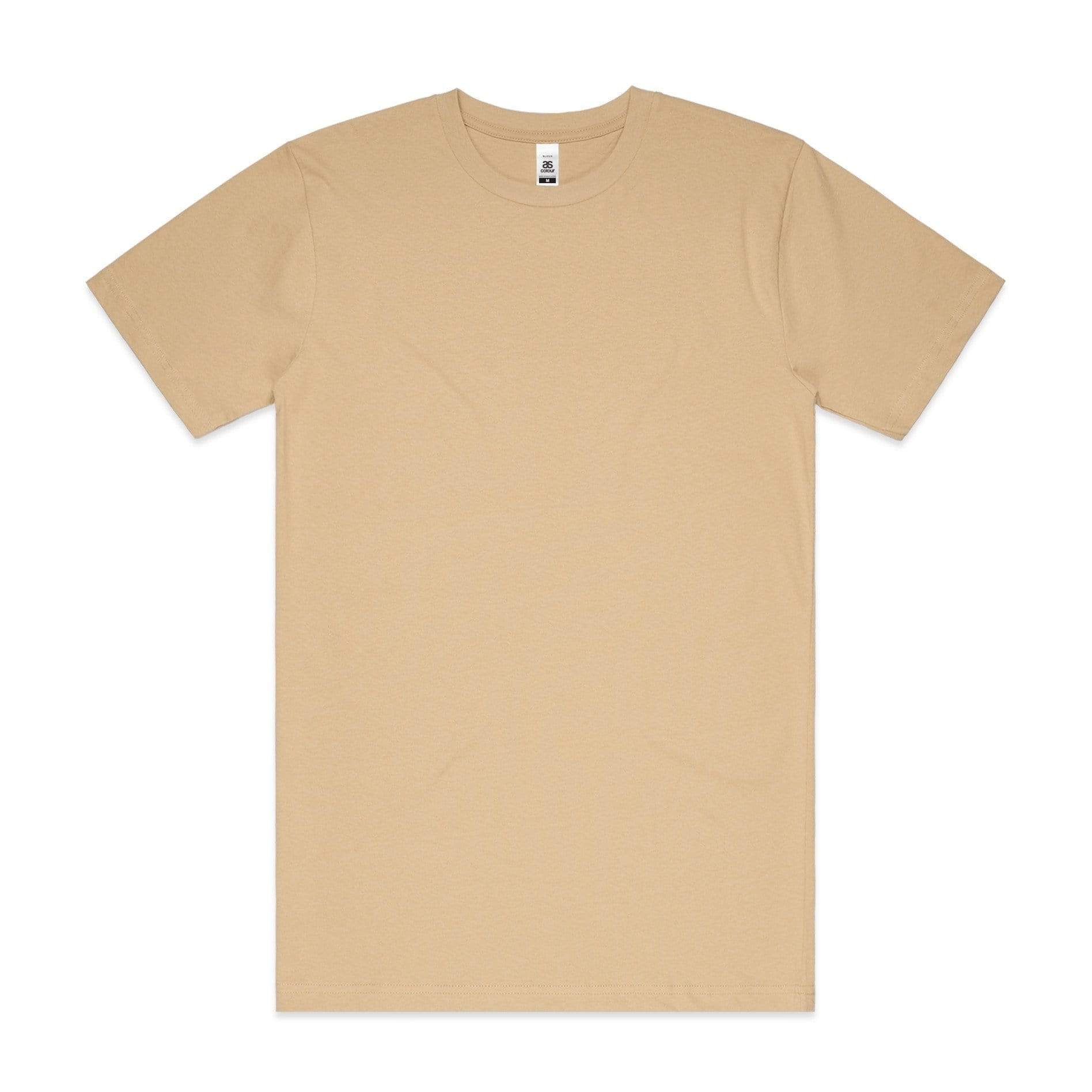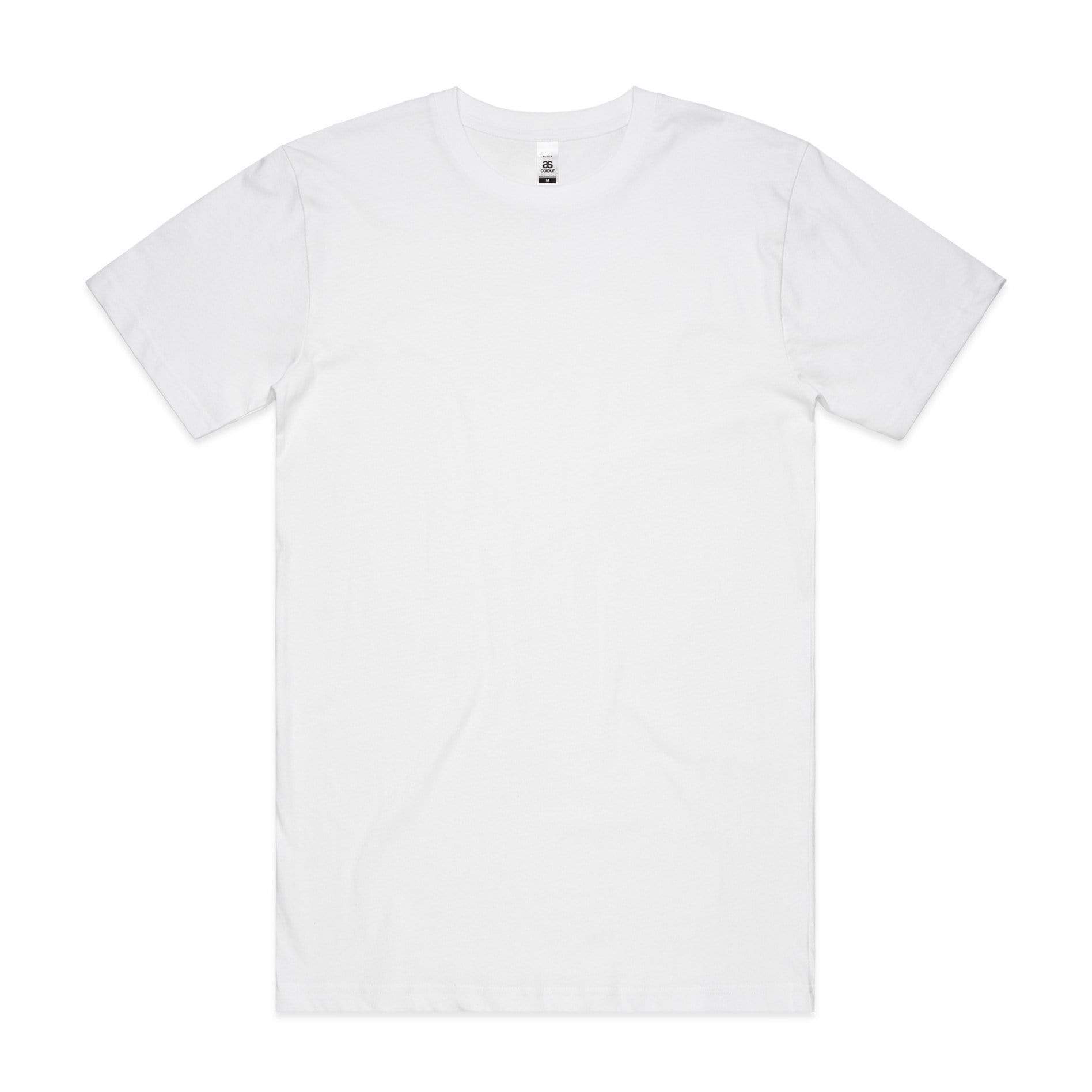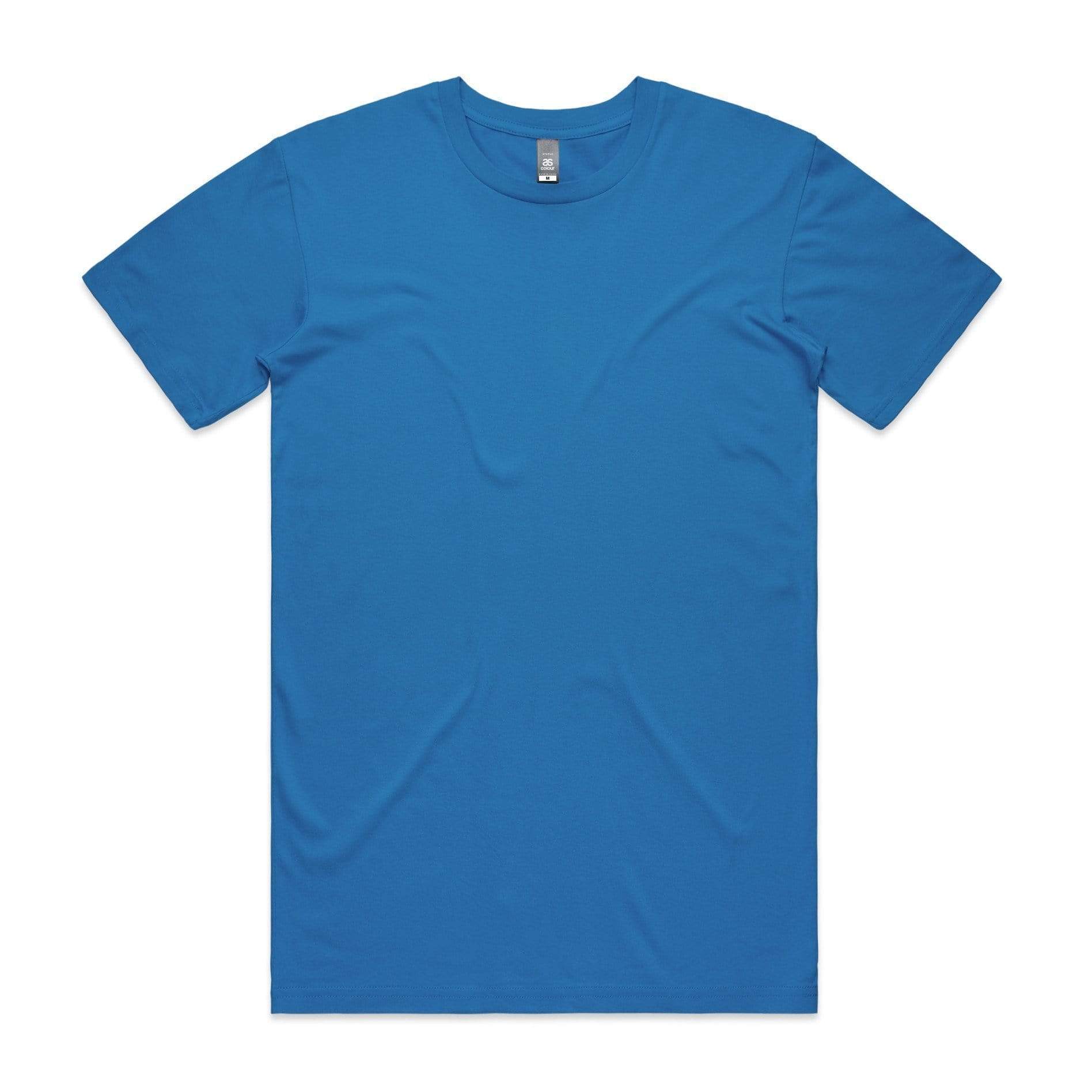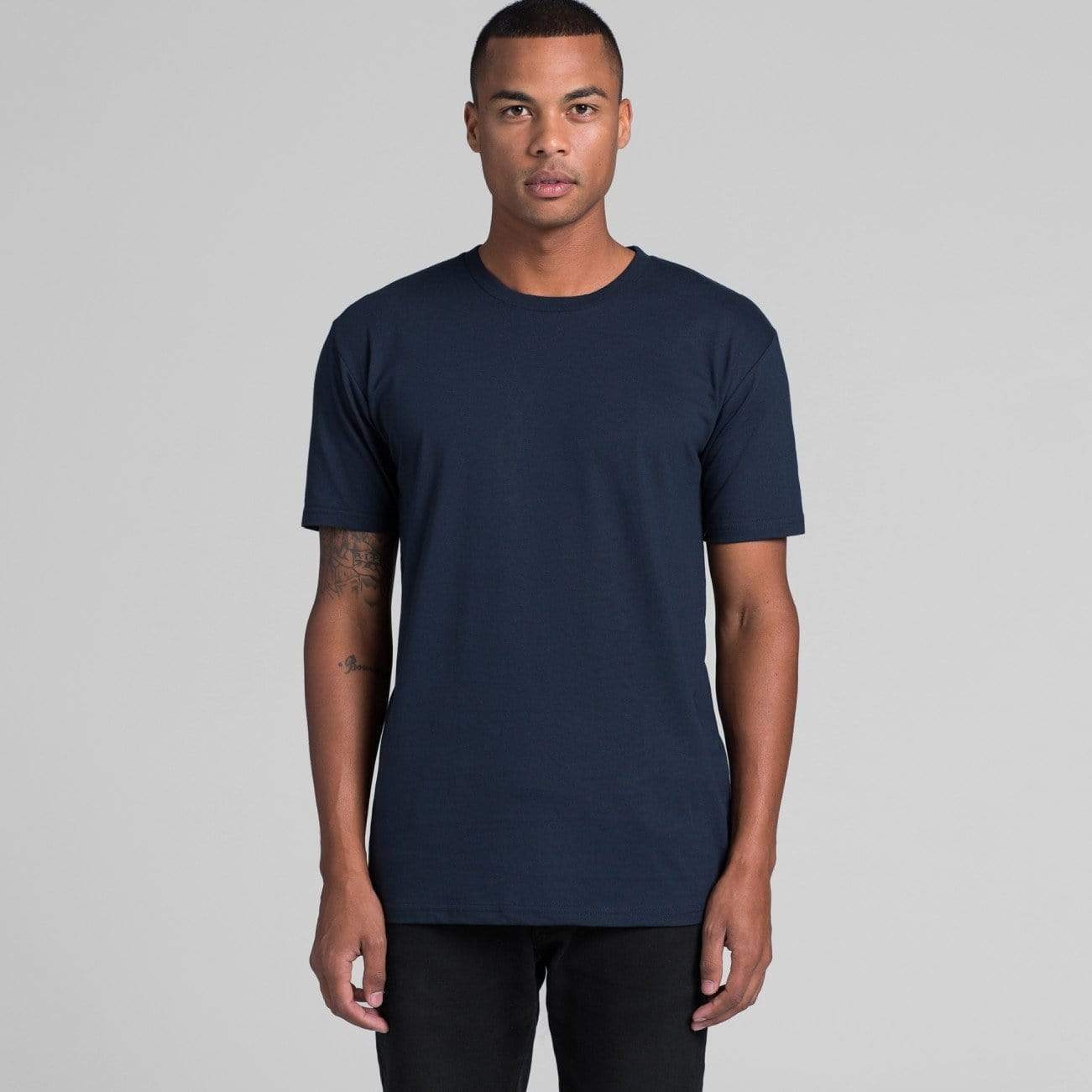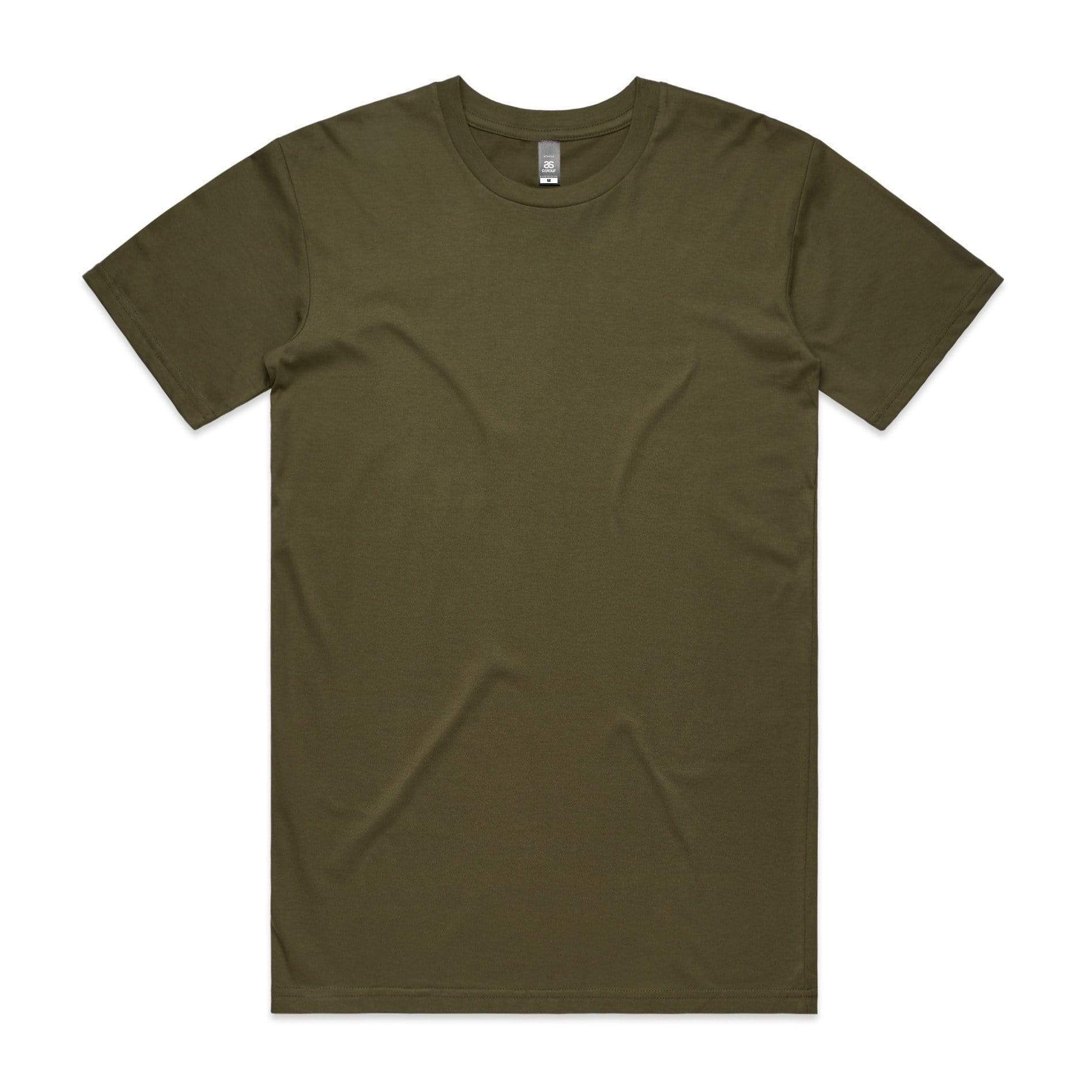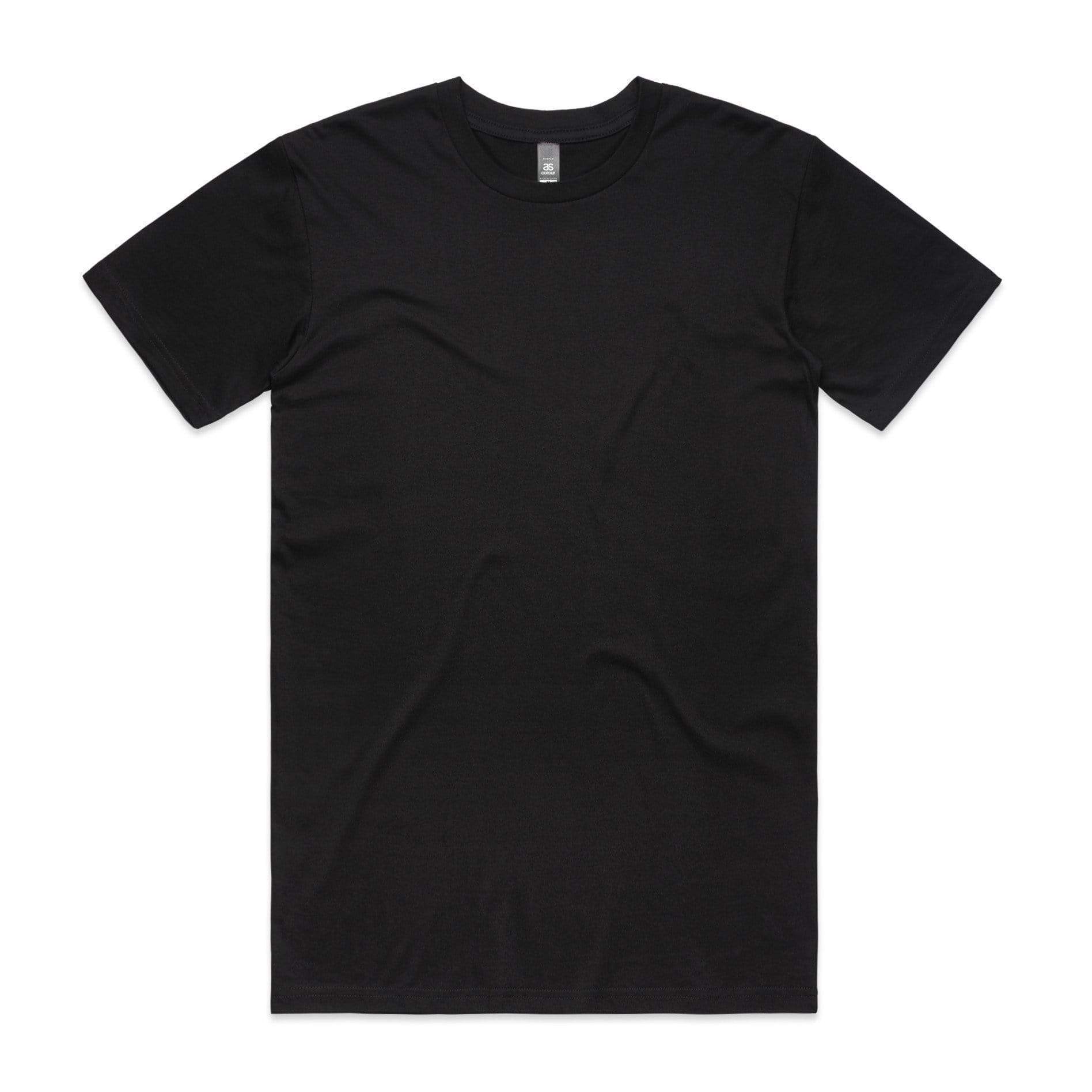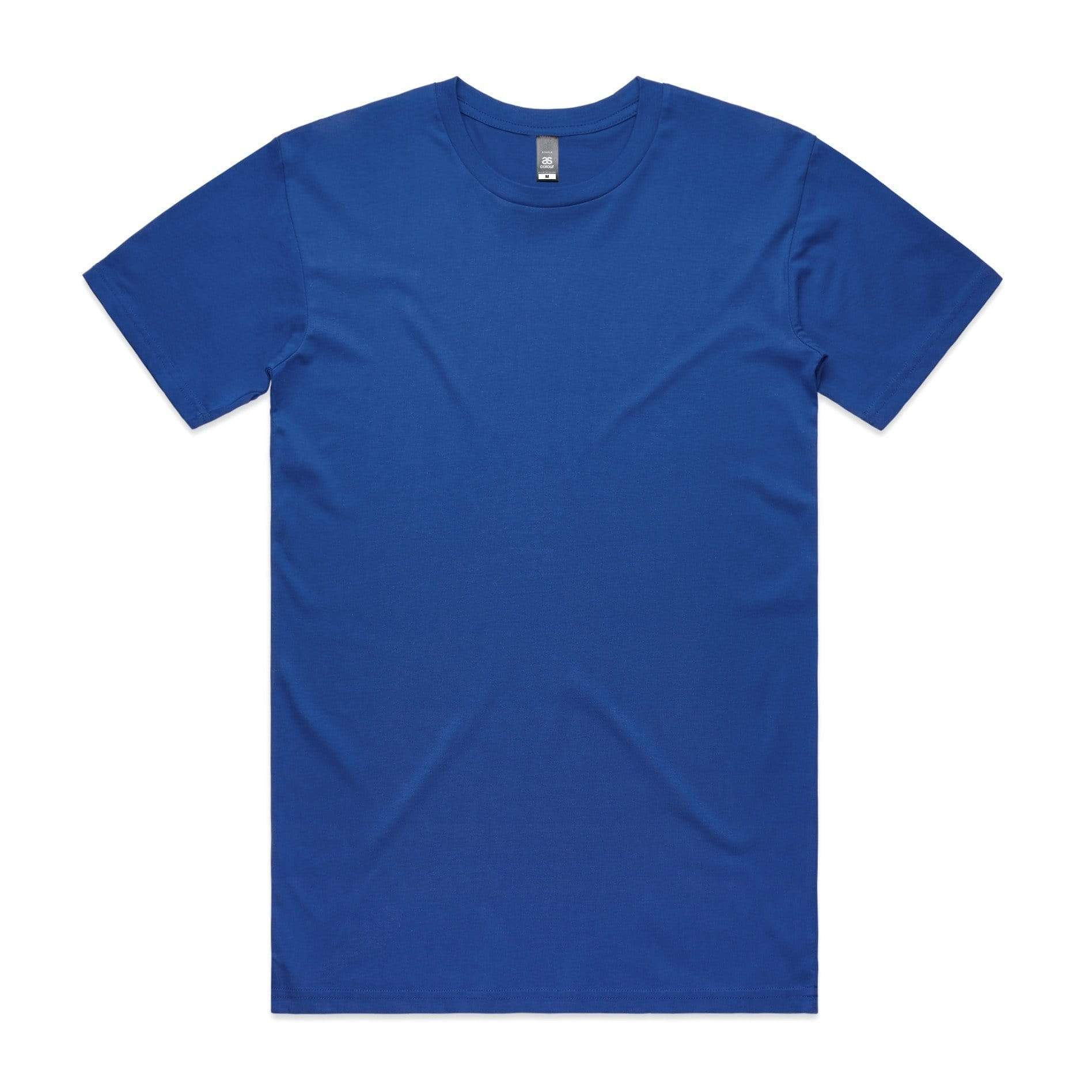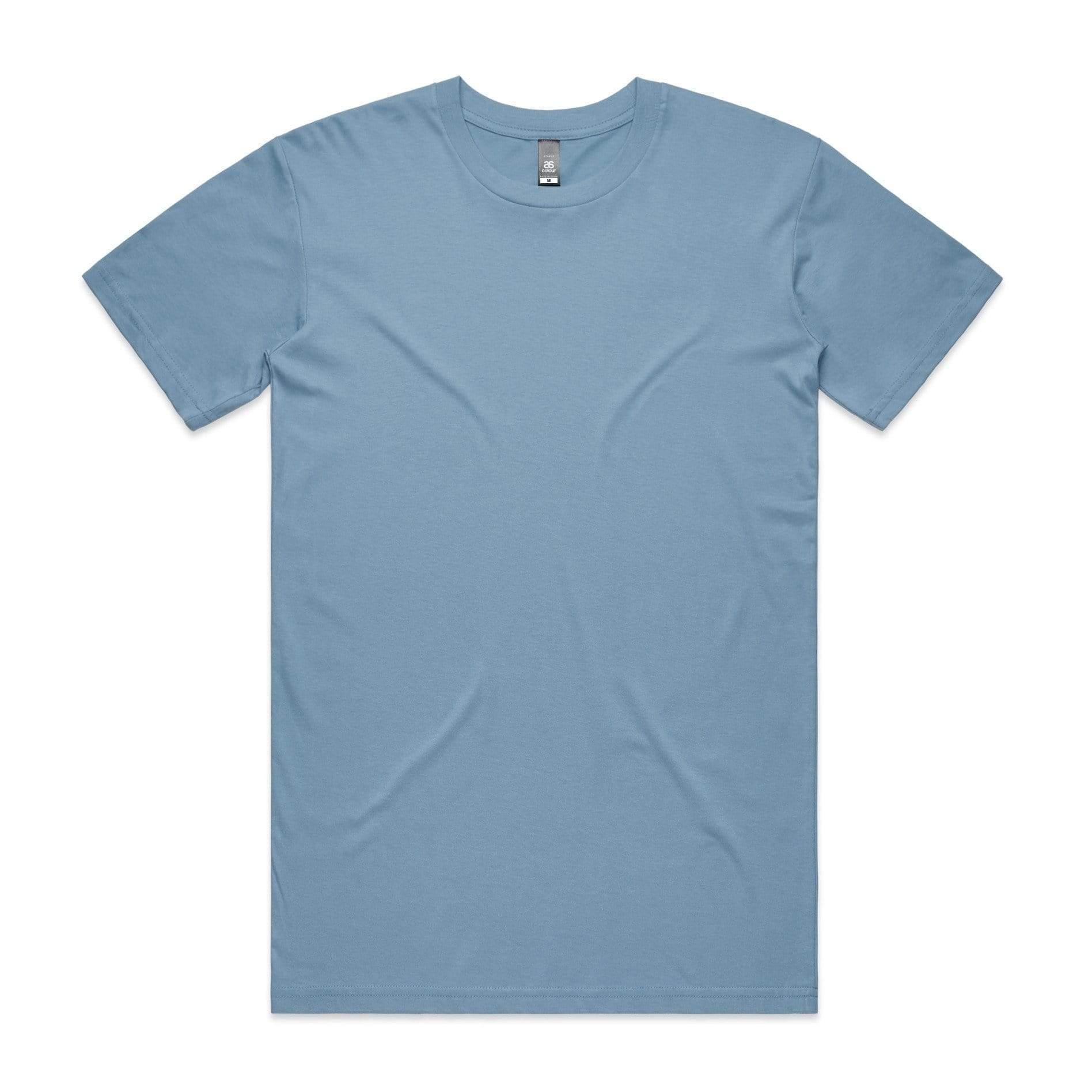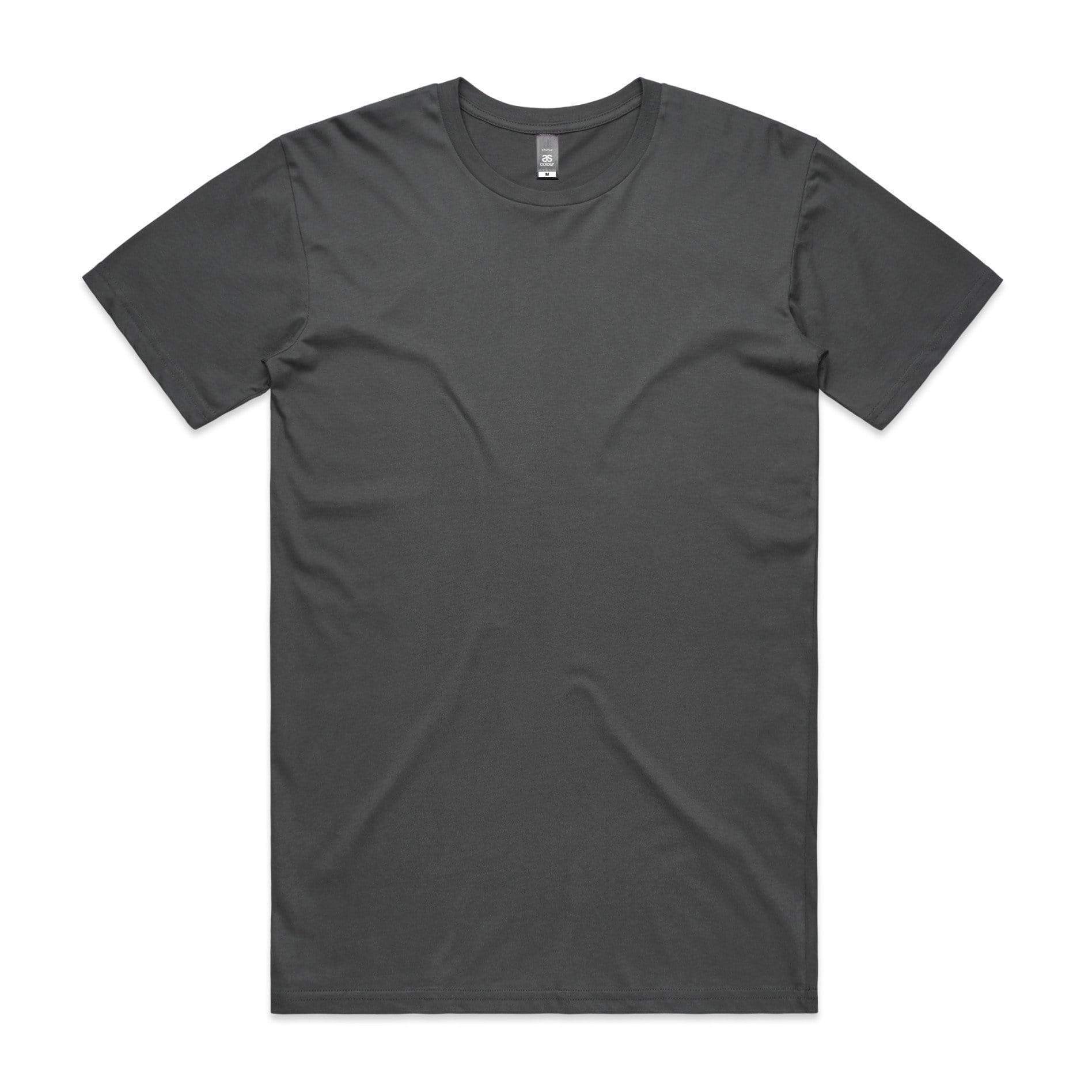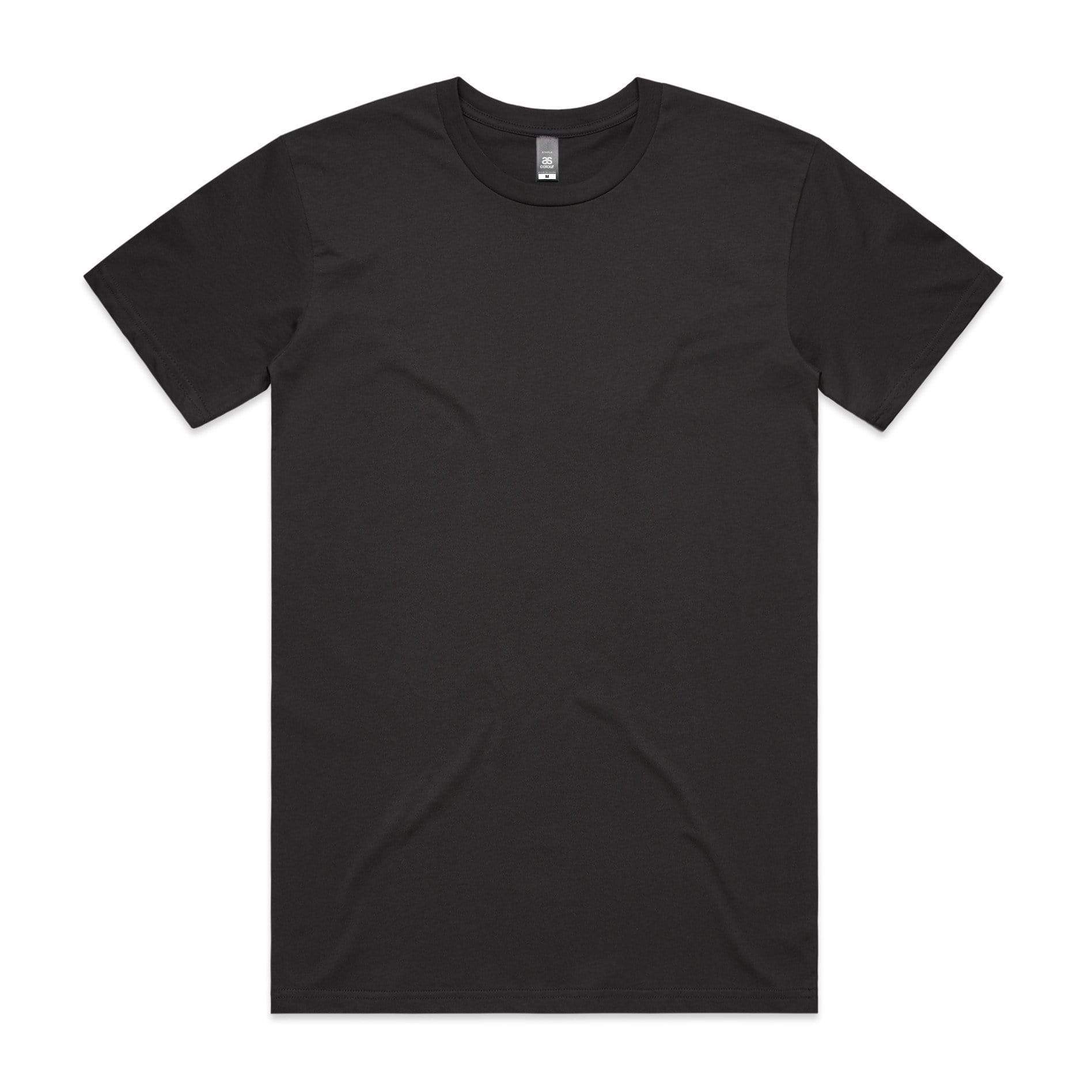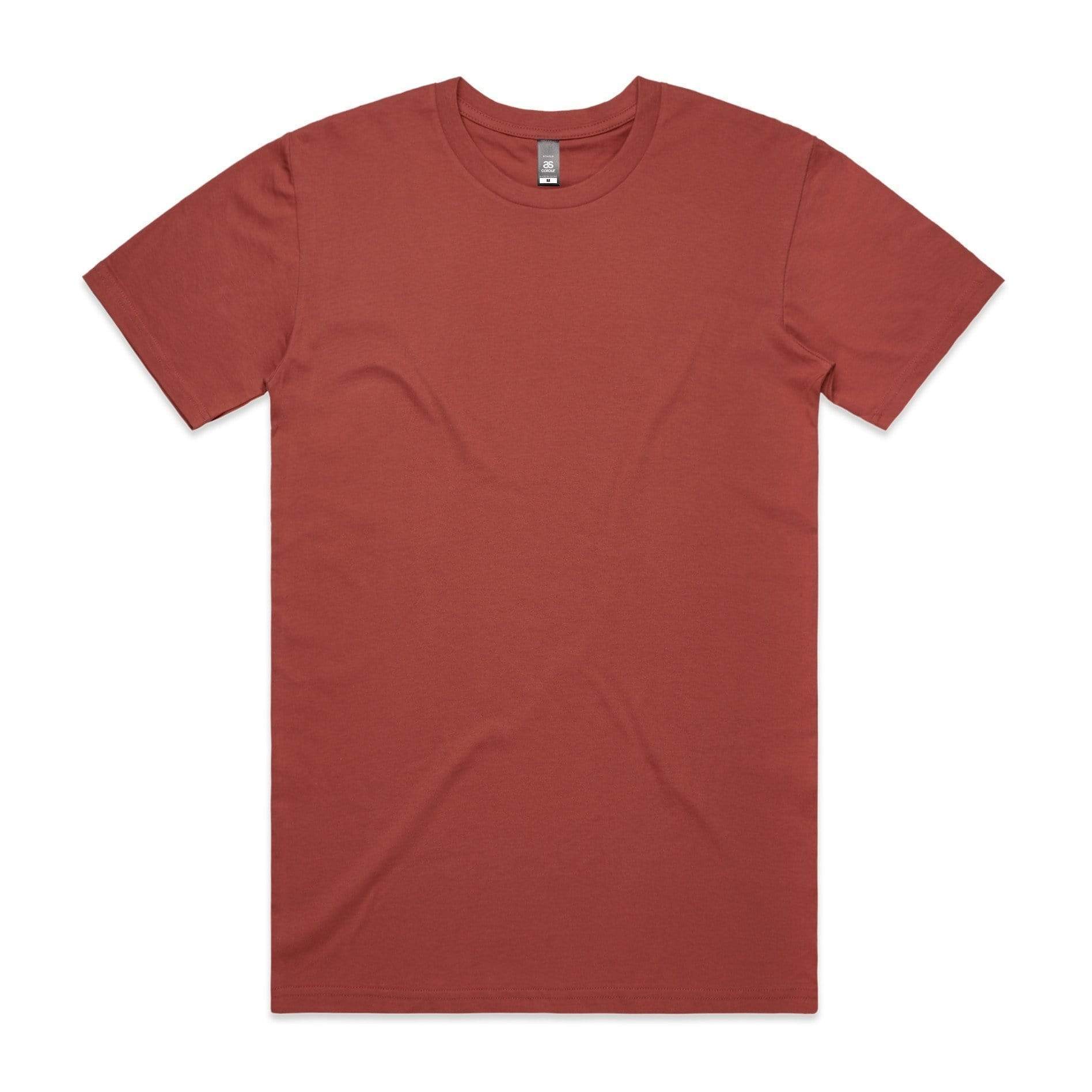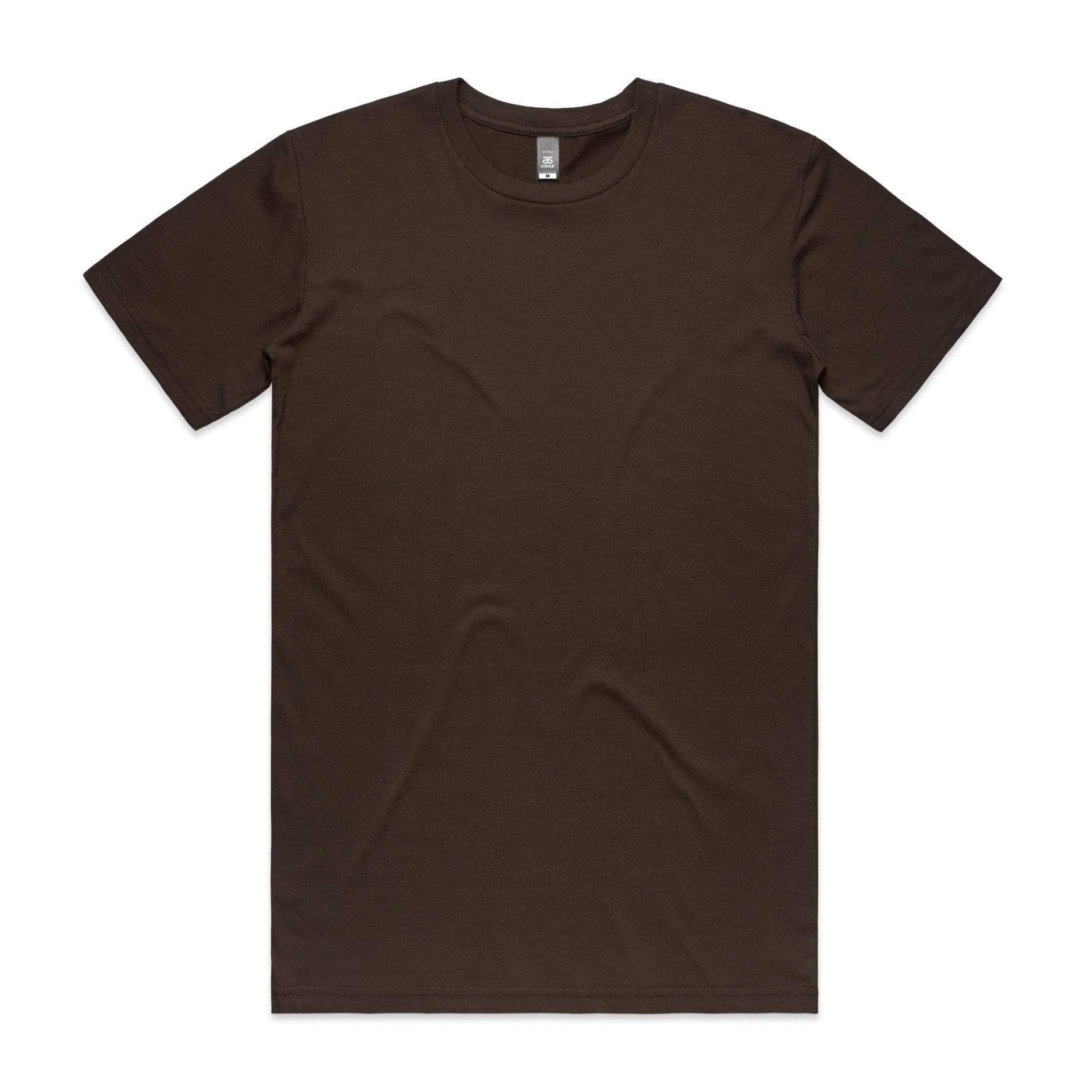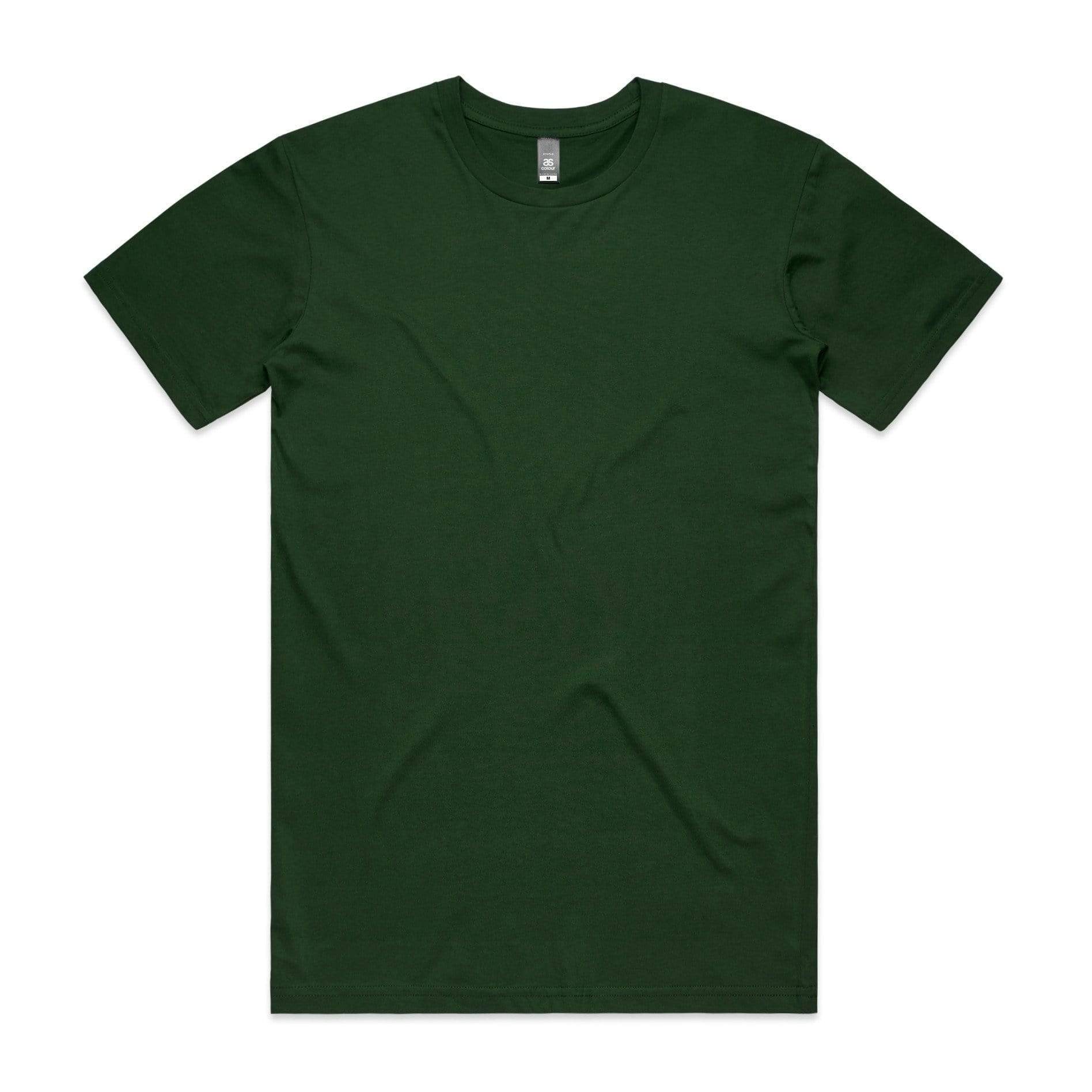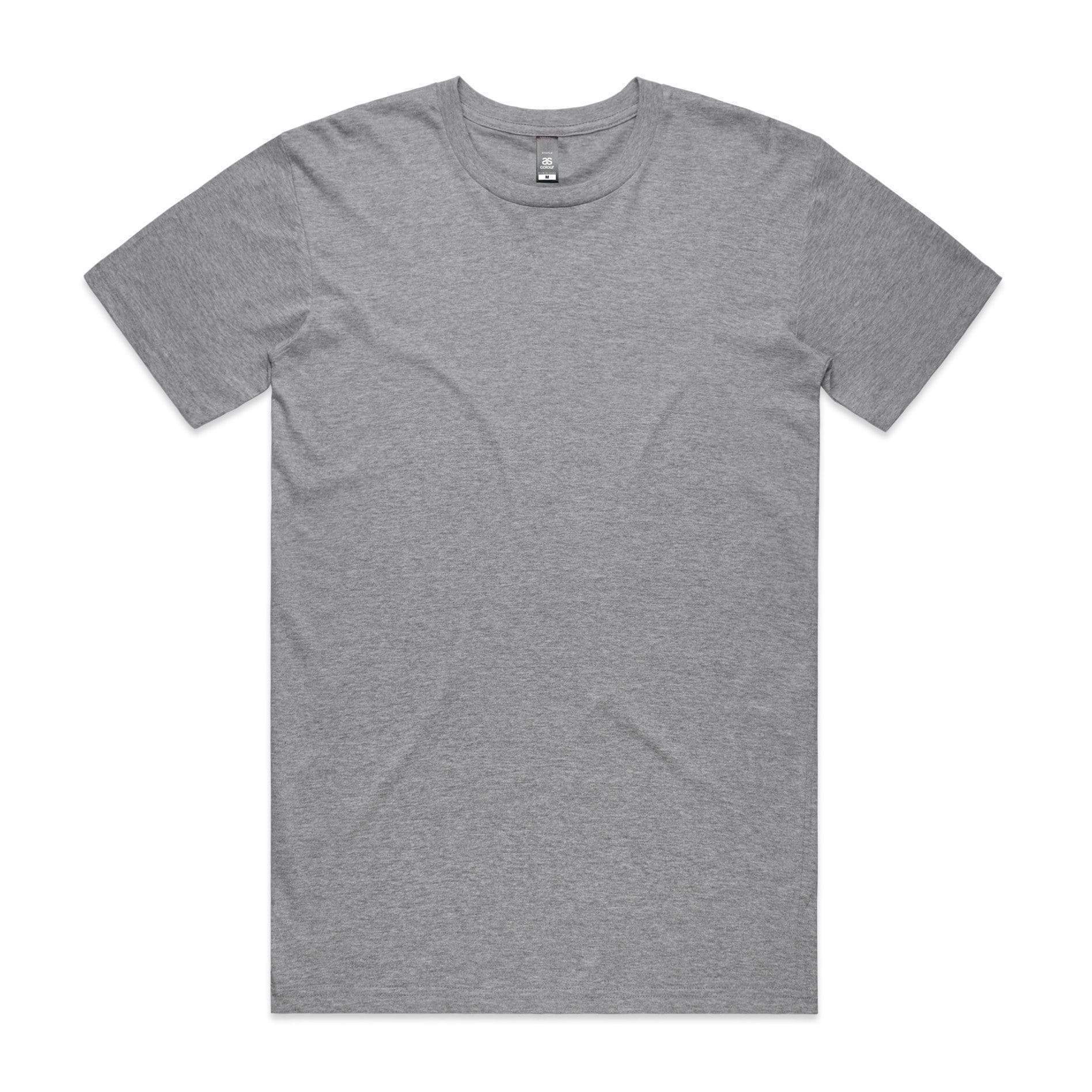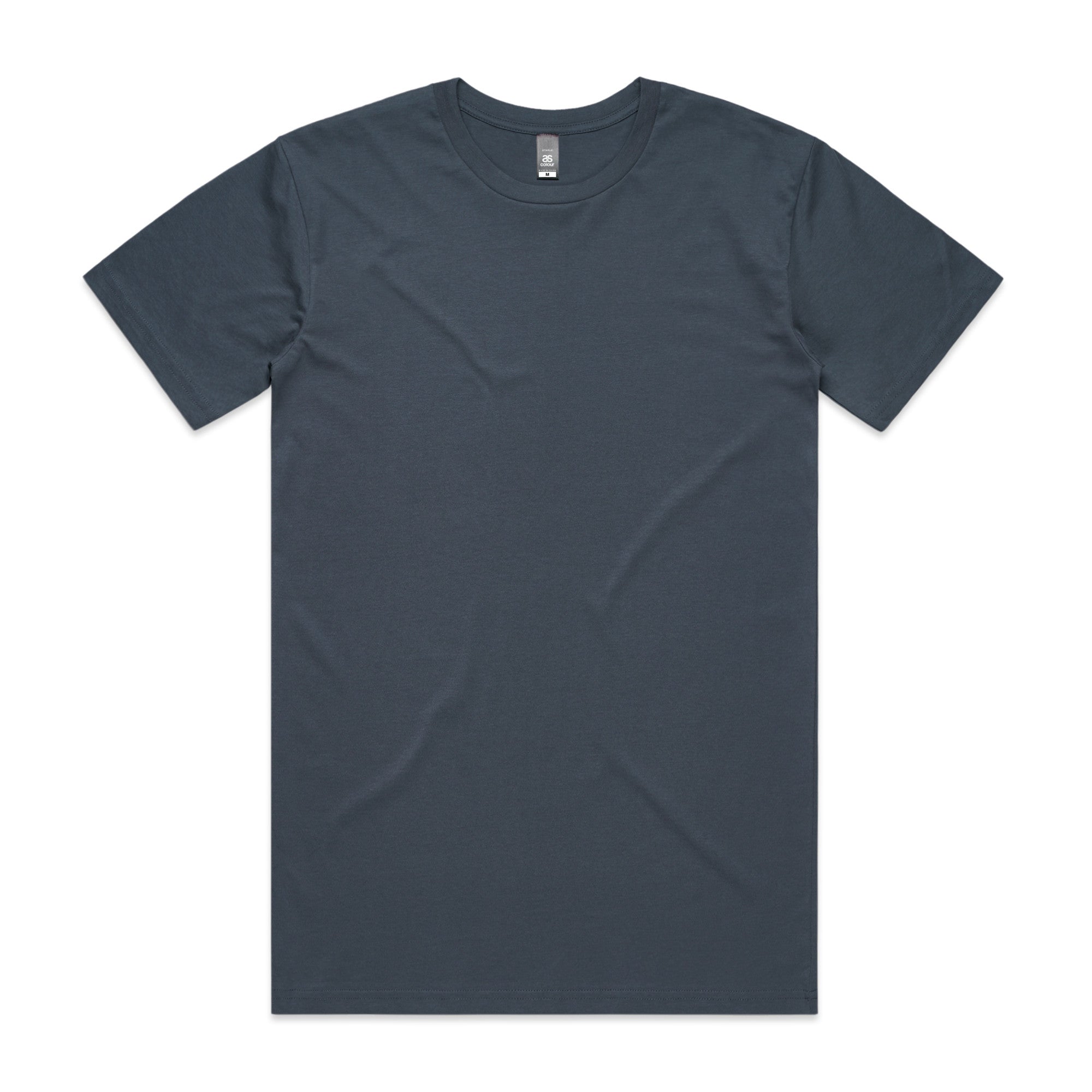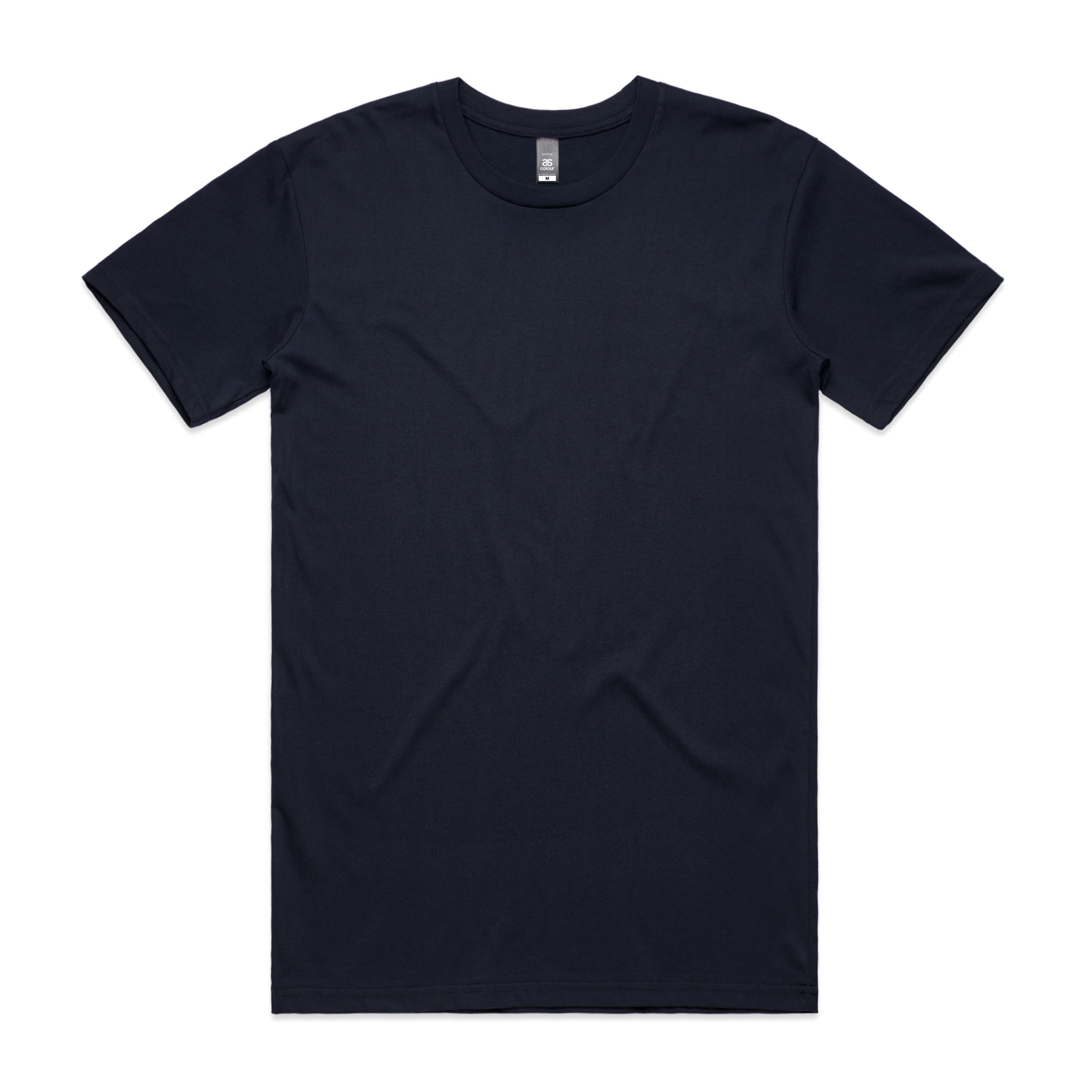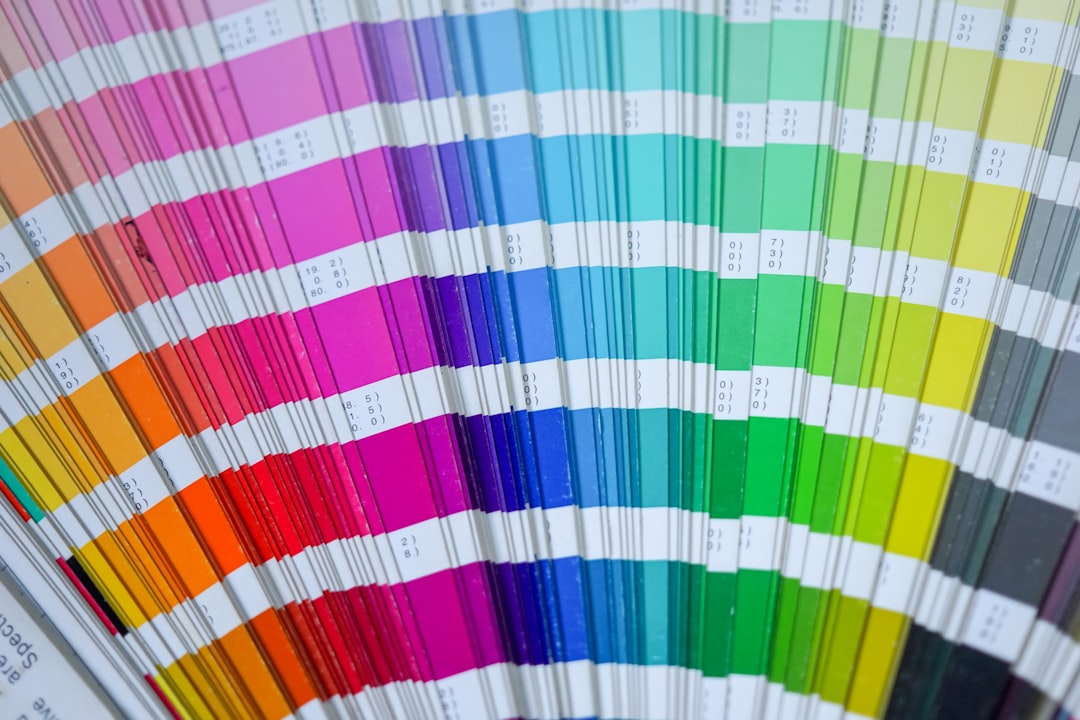Screen printing, also known as silkscreen printing, has a rich history that dates back centuries. From its humble beginnings to becoming a popular method for printing on apparel, screen printing has evolved significantly over time. In this blog post, we will delve into the fascinating history of screen printing in the apparel industry.
The Origins of Screen Printing
Screen printing originated in China around 960 AD during the Song Dynasty. The art form spread to other Asian countries such as Japan, where it was known as 'katazome'. These early methods involved using silk screens to transfer designs onto fabric through a stencil process.
Screen Printing in the Western World
It wasn't until the late 18th century that screen printing made its way to the Western world. In the early 1900s, commercial screen printing gained popularity in the United States, primarily for producing flags and banners. The process evolved as new materials and techniques were developed.
The Rise of Screen Printing in Apparel
Screen printing became synonymous with apparel in the 1960s and 1970s during the rise of the Pop Art movement. Artists and designers embraced the medium for its versatility and ability to produce vibrant, long-lasting prints on clothing. T-shirt printing, in particular, became a popular application for screen printing.
Innovation in Screen Printing Technology
Advancements in screen printing technology led to the use of photo emulsion stencils and automated machinery, making the process more efficient and precise. Screen printers in Perth and around the world began offering services for custom uniforms printing and hi vis workwear printing, catering to a wide range of industries.
Benefits of Screen Printing
Screen printing remains a preferred method for apparel printing due to its durability and ability to reproduce intricate designs with vibrant colours. Unlike digital t-shirt printing, screen printing offers a tactile quality that many customers appreciate.
Screen Printing Process
The screen printing process involves creating a stencil on a mesh screen, which is then placed over the fabric. Ink is applied to the screen and transferred onto the material using a squeegee. Each colour requires a separate stencil, allowing for multi-coloured prints.
Modern Applications of Screen Printing
Today, screen printing is used not only for apparel but also for printing on various materials such as glass, metal, and plastic. Customised merchandise, promotional items, and signage often utilise screen printing for its versatility and cost-effectiveness.
Environmental Considerations
As sustainability becomes increasingly important, screen printers are adopting eco-friendly practices by using water-based inks and recyclable materials. These initiatives aim to reduce the environmental impact of the screen printing industry.
Artistic and Creative Possibilities
Screen printing allows artists and designers to explore a wide range of creative possibilities, from traditional hand-printed textiles to innovative graphic designs. The hands-on nature of screen printing offers a tactile and personal touch to printed apparel.
Future of Screen Printing
With ongoing advancements in technology and a growing demand for customised products, screen printing is expected to continue thriving in the apparel industry. As consumers seek unique and sustainable options, screen printing remains a timeless and versatile printing method.
Embracing Tradition and Innovation
As we reflect on the history of screen printing in the apparel industry, we celebrate the blend of tradition and innovation that has shaped this timeless craft. From its origins in ancient China to its modern applications in Perth and beyond, screen printing continues to inspire creativity and self-expression in the world of fashion.

